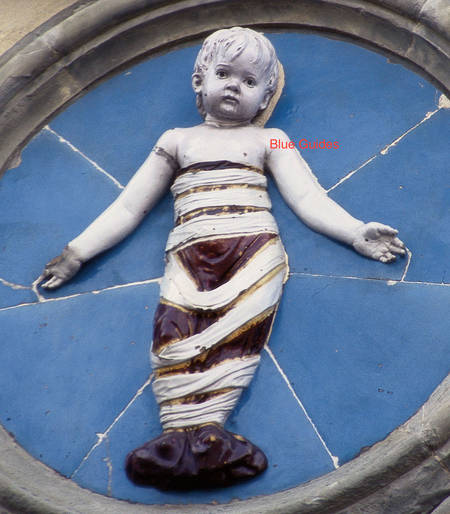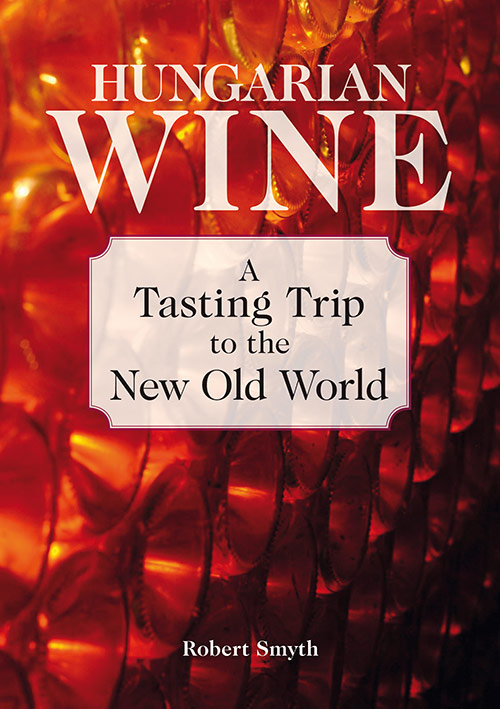The long-awaited new museum of the Ospedale degli Innocenti in Piazza Santissima Annunziata in Florence finally opened last month. Its most famous works of art, the enamelled terracotta medallions which Andrea della Robbia added in 1487 to Brunelleschi’s portico in the piazza, are currently exhibited at eye level since their restoration. The babies in swaddling clothes in roundels about a metre in diameter are wonderfully made, all ten of them with outstretched arms but each with highly individual expressions. The swaddling bands of the boys are unravelled. This is a unique chance to see these masterpieces close up, as it is planned to return them to their original positions outside.

The museum space has been expanded into the basement of the building where the history of this remarkable Institute is clearly recorded (also with the help of video installations). Opened in 1445, it was the first foundling hospital in Europe, where destitute mothers could take their babies (leaving them at a special window under the portico, without being seen) The babies were then given out to wet-nurses, and when weaned could return to live here. The orphanage was recognised in later centuries as one of the most up-to-date institutions of its kind. One of the most touching parts of the museum is a room where cupboards have been installed with 140 little drawers which you can open one by one to see the identification tags left with the babies by their mothers in the hope that one day they would be able to be reunited with them. These anonymous ‘messages’ take the form of jewels, keepsakes, notes, pieces of cloth, rosary beads, coral, etc., and all of them were carefully preserved in the Archive of the Institute under the name of the child given to him or her when they entered the Innocenti.
On the ground floor is the exquisite 15th-century oblong cloister (derived from designs by Brunelleschi) next to the larger cloister decorated in the following century. The works of art are still exhibited in the long gallery once used as a day nursery on an upper floor. The masterpieces here are Luca della Robbia’s white enamelled terracotta Madonna and Child and Domenico Ghirlandaio’s painting of the Adoration of the Magi, which includes two of the “Innocenti” foundlings in the foreground. There is access to the roof terrace, once used for drying laundry and subsequently for the nurses and children to take the air, and now a delightful café. All the new stairs and constructions in the museum are in good taste (except perhaps for the golden entrance and exit in the Piazza).
Since the reopening of the Museo dell’Opera del Duomo last year, the reopening of this museum is a significant event, demonstrating that Florence is now at the forefront of museum design.
by Alta Macadam, author of Blue Guide Florence.







